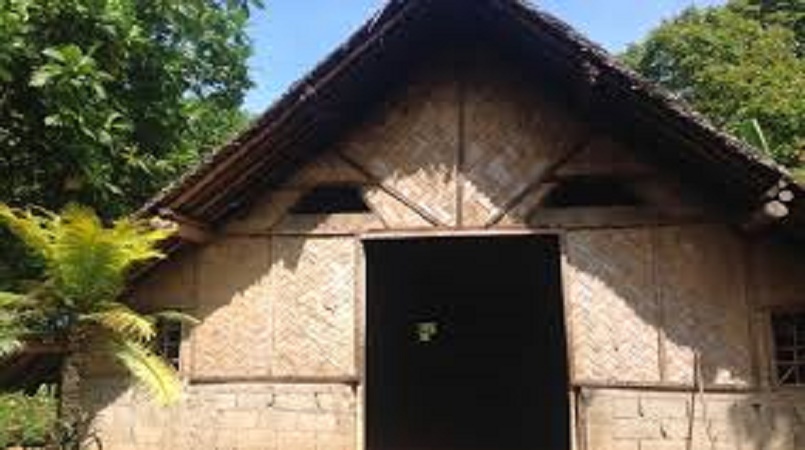
Nakamals, nakamal, an indigenous architecture form used by the traditional chiefs for meetings related to governance, decision making, and teaching in Vanuatu.nakamal, play a significant role in the maintenance of kastom in Vanuatu.
They also have an important functional role in Disaster Risk Reduction in rural areas. They are anecdotally known to have
been designed to withstand high winds and cyclonic conditions and are historically often described as hurricane shelters.
Without better protection and recognition, the Intangible Cultural Heritage of the nakamal is at risk of being lost due to:
- the proliferation of imported building materials and construction techniques;
- a lack of heritage recognition;
- the decimation of traditional building materials by Tropical Cyclone Pam;
- the inability to grow new plantations due to the El Nino induced drought;
- the resulting shortage of local building materials required to renovate or reconstruct them;
- the resulting inability for building and renovation skills to be passed onto the next generation;
- the very real potential that other cyclones might cross the region over the coming cyclone season, potentially causing further damage to the structures and impacting on the ability of the communities to repair them; and,
- a lack of funding for communities to provide immediate protection to the existing damaged buildings.
Without the Intangible Cultural Heritage of the nakamal, there is no tangible building, as the built form is dependent on the knowledge and skills retained within the communities. The loss of the Intangible Cultural Heritage of the nakamal will inevitably lead to its extinction, which would be a devastating loss for Vanuatu. Without the nakamal there is no place to house kastom; without kastom there is no place for the nakamal.
This report highlights the urgent need of protection and recognition for the nakamal in Vanuatu.
